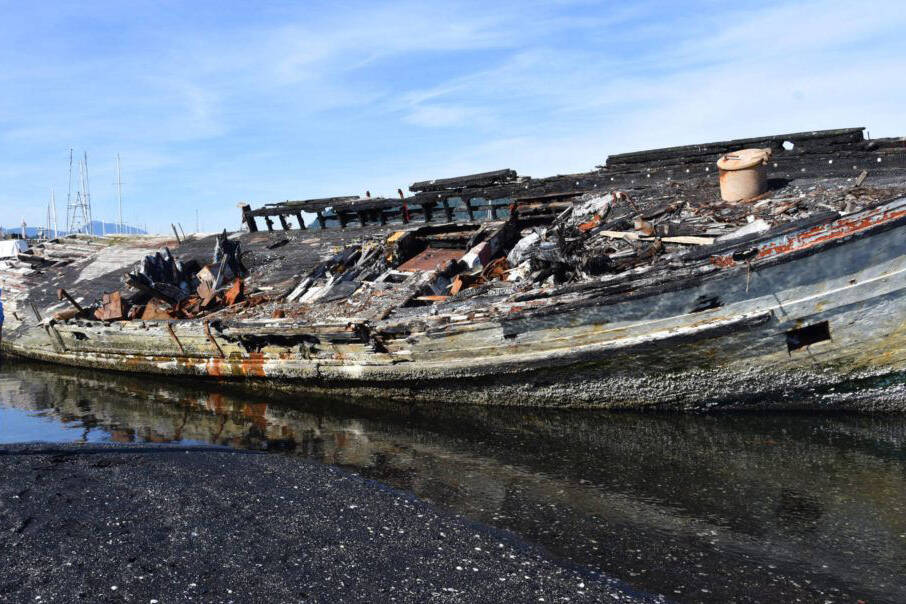Submitted by The Department of Natural Resources.
The Department of Natural Resources is a step closer to creating healthier, safer waterfronts after the House of Representatives passed House Bill 1378 this afternoon, Monday, March 6.
Requested by Commissioner of Public Lands Hilary Franz, the legislation would give her agency, DNR, the authority to remove derelict structures like unused piers, unused pilings and decrepit marinas from Washington’s waterways.
Sponsored by Rep. Kristine Reeves (D-Federal Way), the bill passed out of the House with a bipartisan vote of 95-0. Its companion bill in the Senate, Senate Bill 5433, is expected to pass that chamber later this week.
“Washington’s waterfronts are littered with derelict structures that impede our efforts at salmon recovery while jeopardizing the health and safety of our communities. For healthy salmon and healthy communities, it’s critical that we get rid of them,” said Commissioner Franz. “We do tremendous work removing polluting creosote pilings, restoring nearshore environments, and keeping derelict vessels from damaging our vital habitat. This bill allows to take one step further in taking deleterious and forgotten maritime structures from our waterways by letting us do more of the work we already do so well.”
The legislation creates a formal program that will remove large derelict structures from state-owned aquatic lands. It also allows local governments and non-profits to use DNR’s expertise to get broken-down and hazardous structures out of Washington’s waterways.
It links the removal of structures to the Puget Sound Partnership’s Nearshore conservation Credit Program and other similar programs, which can help fund other removals and habitat restoration.
And it allows DNR to provide financial incentives for small businesses who need a little help keeping up and improving their overwaters structures through a grant program.
The National Marine Fisheries Service last summer issued a biological opinion that emphasized the fundamental importance of nearshore habitat to salmon populations and emphasized how much of that habitat has been lost from human-caused modifications to our shorelines.
In addition to this bill granting DNR the authority to address derelict structures, the agency has funding requests to remove four large industrial sites, to fund staff to form a derelict aquatic structure program and more for removing tire reefs, accelerating habitat restoration, and removing nearshore debris.
I’m asking for $19.75 million in capital funding to remove what I call the “Filthy Four,” four large derelict structures that most threaten habitat and public safety.
As stewards of more than 2.6 million acres of state-owned aquatic lands, DNR is responsible for ensuring protection of habitat and fostering public access and water-dependent activities for future generations.
DNR generates revenue by selling the rights to harvest renewable resources like wild geoducks and other shellfish and from leasing and licensing state-owned aquatic lands.
That revenue is reinvested to manage and restore Washington’s aquatic ecosystems; keep them free of derelict maritime equipment; protect their health and productivity, and fund local projects that ensure the public can enjoy our aquatic lands.



